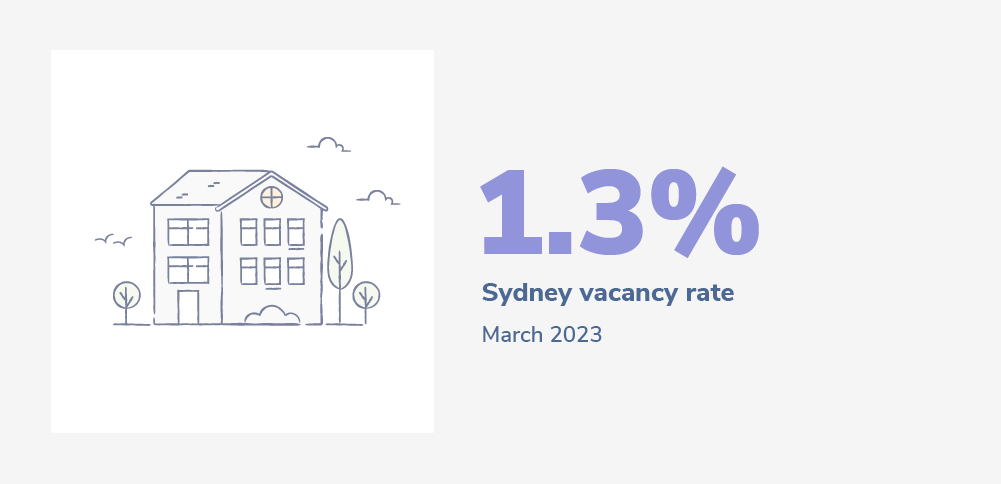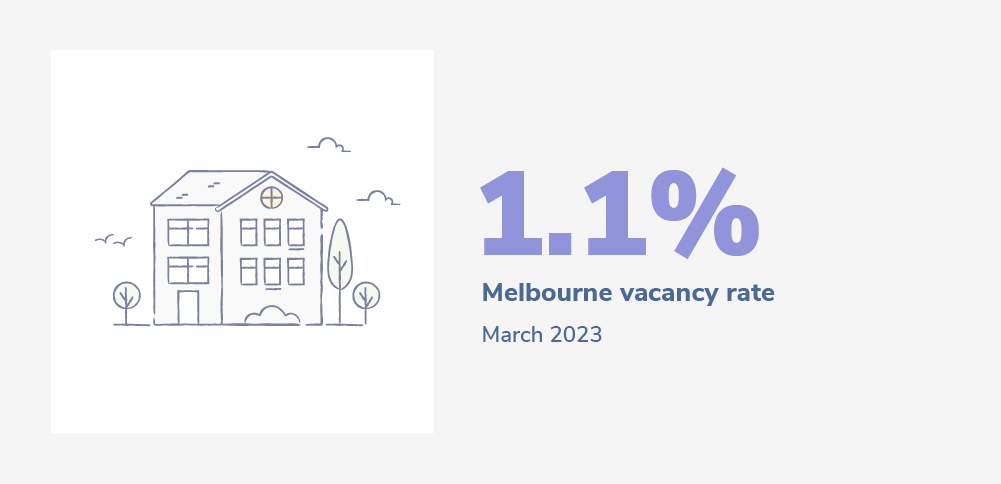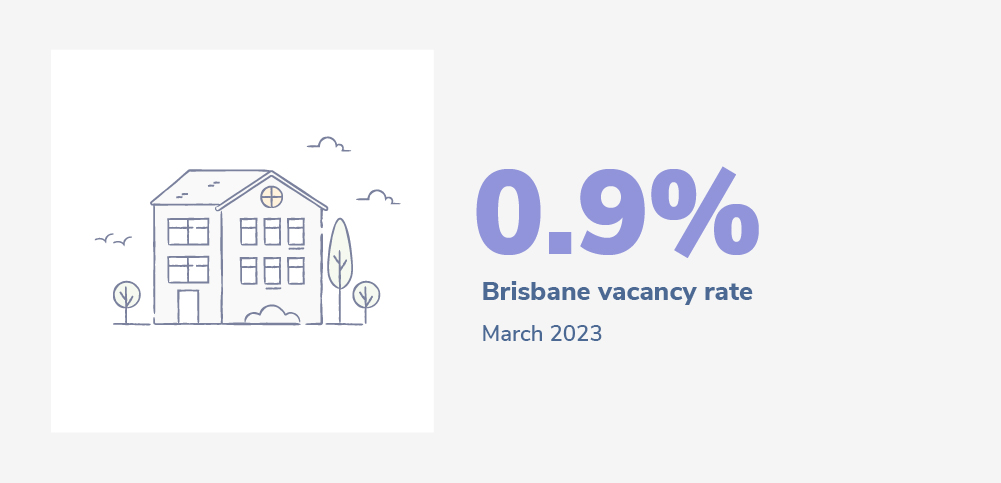September 28th, 2022
4 ways to make your rental property feel like your home
Tips & How to's
Market Insights

Here’s everything you need to know about the rental market right now if you’re a tenant in Australia.
In the past 30 days leading up to April 12th, 2023, capital city asking rents in Australia have increased by 2.1%, contributing to a 12-month increase of 21.8%. House rents in capital cities have also risen by 1.9%, with a 12-month increase of 18.6%. Meanwhile, unit rents have increased by 2.3% in the past 30 days and are up by 25.8% over the past 12 months.
The national median weekly asking rent for a dwelling is currently $568, while the asking rent for a dwelling in capital cities is higher at $661. The median rent for a capital city house is $758 per week, while the rent for a capital city unit is $576 per week. Sydney has the highest rent in the country for houses, with an average of $962 per week, while Adelaide has the most affordable rent for units at an average of $406 per week.
Hobart was the only capital city to experience a decline in rents during the month, with a decrease of 1.8% for combined dwellings. Despite this, rent prices in Hobart still remain high compared to other cities in the country.
The median weekly cost for a dwelling in Sydney was recorded at $780.84 — a 0.2% decrease over the past month.

Compared to the same period 12 months ago, the average weekly asking rent for a house in Sydney has increased by 20.3% over the past year. While the asking rent for a unit has increased by 30.2% across Australia during the same period.
The median weekly cost to rent a house in Melbourne was recorded at $665.12 in March, while the average unit cost $517.64 to rent each week. Overall, the cost to rent across units and houses combined has risen by 23% in Melbourne over the past year. Over March, the vacancy rate was recorded as being slightly lower than Sydney’s — sitting at 1.1% in Melbourne.

The median weekly cost for a dwelling in Brisbane was recorded at $675 — a 17.9% increase compared to one year ago. The lowest vacancy rate out of the three major capital cities was recorded in Brisbane, sitting at 0.9% in March 2023.

Regional rental vacancy rates have increased sharply, indicating a reversal in population flow from regional areas back to cities.
North Coast NSW, Blue Mountains, Gold Coast Main, Perth, South West Perth, Central Coast WA, and Hobart have all recorded an increase in rental vacancy rates, with some areas reaching peak levels since 2020 or 2021.
Louis Christopher, Managing Director of SQM Research said, “The rental crisis in Australia’s regions has peaked with an easing in rental vacancy rates and rents across many smaller townships and coastal locations. This peak also extends to some of our smaller capital cities such as Hobart, where rental vacancy rates rose back over 1% and rents are now down by 1.8% for the past 30 days.
However, the same cannot be said for our two largest capital cities where the rental crisis rolls on, driven by rampant population growth, a slowdown in the respective construction pipeline and a return to the city office move from the regions. “
About the data:
The findings in this report are based on the latest insights from SQM Research as of 14 March 2023. SQM Research is an independent investment research institute that specialises in providing accurate property market data. It is operated by one of the country’s leading property analysts, Louis Christopher.